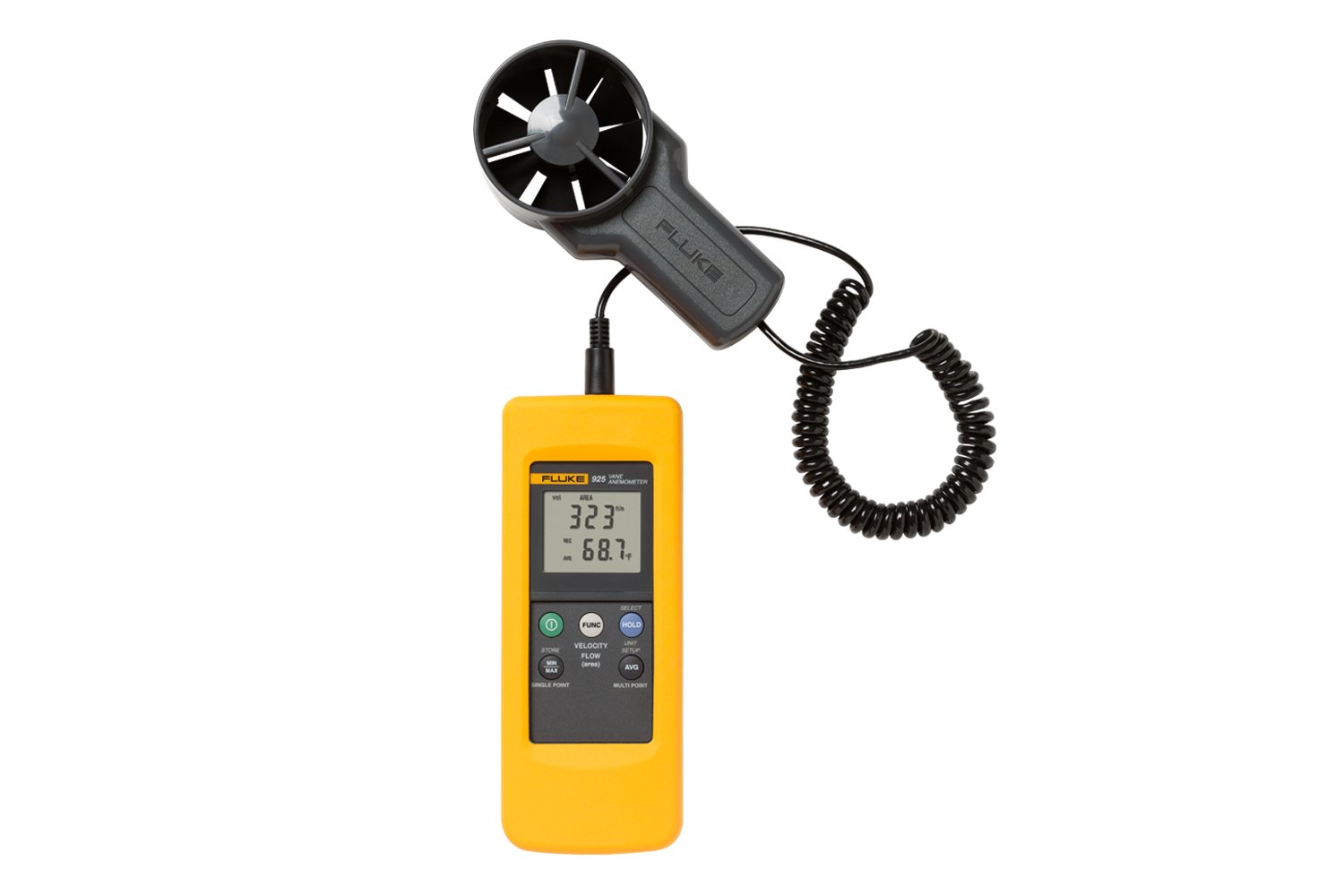Comprehending Various Kinds Of Anemometers for Different Applications
Comprehending Various Kinds Of Anemometers for Different Applications
Blog Article
Anemometers Introduced: Comprehending Their Value in Ecological Tracking and Safety And Security Steps
The role of anemometers in environmental tracking and safety and security measures is often ignored, yet their significance is undeniable. From meteorology to aviation security, anemometers play an essential duty in offering exact data that notifies decision-making procedures and enhances general safety and security.
History of Anemometers
The advancement of anemometers can be traced back to the ancient civilizations where simple wind gauging tools were initial used. One of the earliest well-known anemometers was the hemispherical mug anemometer created by Leon Battista Alberti in the 15th century.
In the 18th century, the renowned scientist John Thomas Romney Robinson introduced the Robinson anemometer, which featured 4 hemispherical cups placed on straight arms that prolonged from a main axis. This layout came to be a standard in meteorological dimensions because of its precision and dependability. For many years, improvements in technology caused the growth of more modern-day anemometers, including ultrasonic anemometers and laser Doppler anemometers, providing enhanced accuracy and efficiency in measuring wind rate and direction. The background of anemometers showcases an impressive trip of technology and progression in the area of meteorology.
Kinds Of Anemometers
Throughout the field of weather forecasting, numerous kinds of anemometers have been created to accurately gauge wind rate and instructions. Sonic anemometers use ultrasonic signals to gauge wind speed and direction accurately. Hot-wire anemometers operate based on the concept that the cooling result of wind on a warmed cord is proportional to the wind speed.
Applications in Meteorology
Having gone over the numerous types of anemometers made use of in weather forecasting for determining wind rate and instructions, it is vital to discover their functional applications in the area. Anemometers play an important duty in meteorology by supplying real-time and precise information on wind conditions (anemometer). Meteorologists use anemometers to check wind rate and direction to forecast weather patterns, issue warnings for extreme climate occasions like tornadoes, typhoons, and tornados, and analyze atmospheric conditions for aviation safety
In weather forecasting, anemometers assist in recognizing local and regional wind patterns, which are crucial for predicting climate modifications and determining climatic trends. These devices are likewise made use of in study to examine microclimates, urban heat islands, and air contamination diffusion. Furthermore, anemometers are utilized in agriculture to optimize crop administration practices, such as watering and chemical application, based on wind problems.
Relevance in Air Travel Safety And Security
An integral element of guaranteeing aeronautics security hinges on the careful monitoring of article wind conditions using anemometers. Anemometers play a vital duty in aviation by providing real-time data on wind rate and instructions, aiding pilots in making notified decisions during take-off, trip, and touchdown. Uncertain and solid winds can dramatically impact airplane procedures, making it crucial for air travel authorities to depend on exact wind measurements to guarantee the safety of passengers and staff.

In the vibrant atmosphere of aviation, where also small modifications in wind speed and direction can have profound results, anemometers stand as go to my site vital devices for promoting safe and secure and safe air traveling.
Duty in Environmental Research Study
Anemometers play a crucial role in environmental study by providing necessary data on wind speed and instructions. By accurately measuring wind hop over to these guys attributes, anemometers help researchers evaluate the activity of toxins in the air, analyze the influence of industrial emissions, and forecast the spread of pollutants in the setting.


Verdict
In verdict, anemometers have played an essential role in environmental monitoring and safety and security procedures. With an abundant history and various types readily available, these tools have actually been extensively utilized in meteorology, aviation safety, and ecological research study. Understanding the value of anemometers is necessary for accurately determining wind speed and direction, which is vital for anticipating weather condition patterns, making sure secure aviation procedures, and conducting environmental research studies - anemometer. Their contributions to these fields can not be taken too lightly.
One of the earliest recognized anemometers was the hemispherical cup anemometer developed by Leon Battista Alberti in the 15th century. Over the years, improvements in technology led to the growth of more modern anemometers, consisting of ultrasonic anemometers and laser Doppler anemometers, using enhanced accuracy and effectiveness in gauging wind speed and instructions. Hot-wire anemometers operate based on the principle that the cooling impact of wind on a warmed cord is proportional to the wind rate. Meteorologists utilize anemometers to keep track of wind rate and direction to forecast weather condition patterns, issue warnings for severe climate events like tornadoes, cyclones, and storms, and assess climatic conditions for aeronautics safety and security.
Recognizing the significance of anemometers is crucial for precisely determining wind rate and direction, which is crucial for predicting weather patterns, guaranteeing safe air travel operations, and conducting environmental research studies. (anemometer)
Report this page